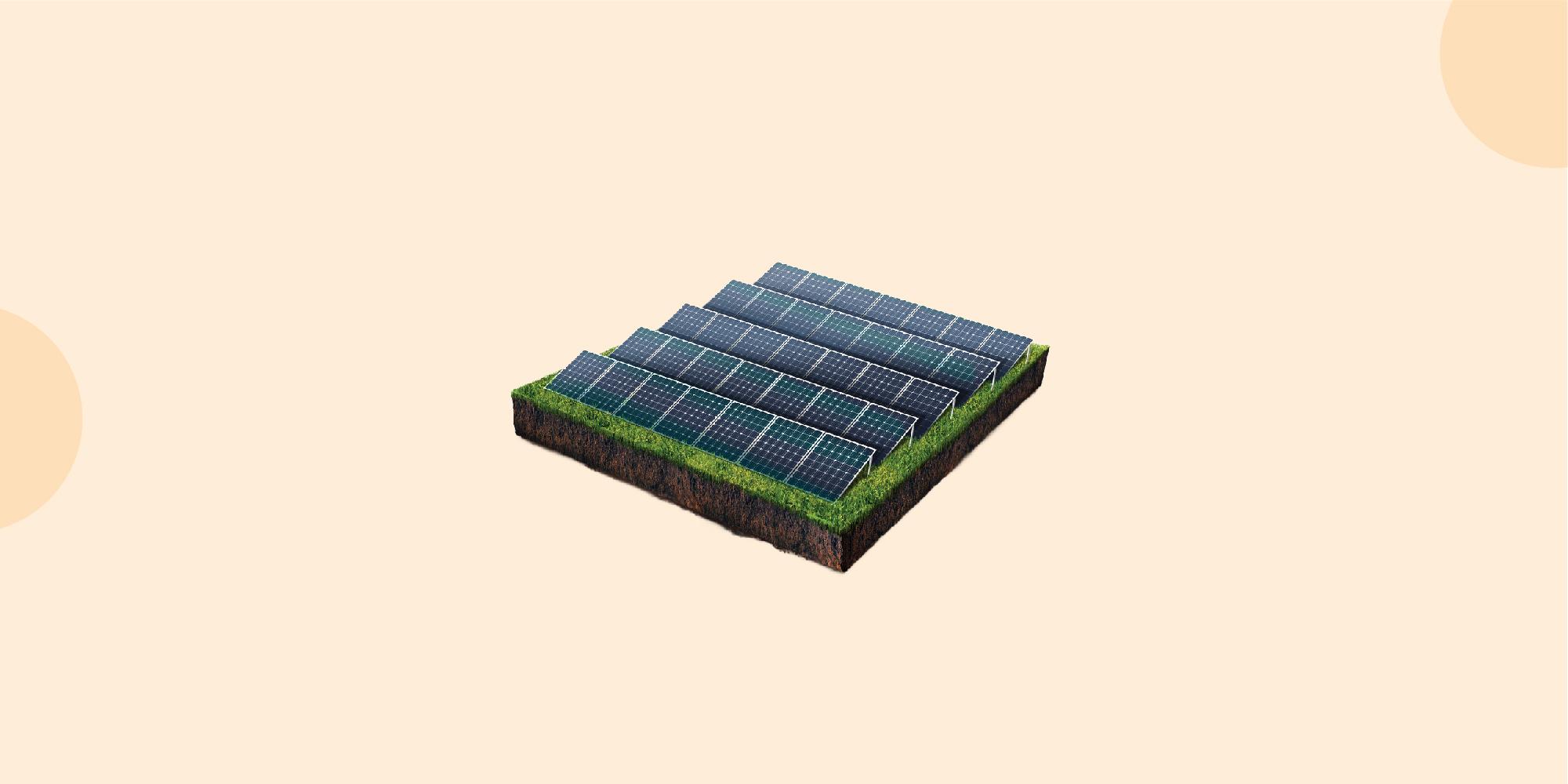- Home
- Blogs
- Solar Loan
- How To Calculate Area For Sola Panel Installation
How to Calculate the Area Required for Solar Panel Installation: A Comprehensive Guide
Reviewed by: Fibe Research Team
- Updated on: 24 Feb 2025
Reviewed by: Fibe Research Team

Thinking about installing solar panels but unsure how much space you need? Don’t worry, it’s easier than you know! The area depends on your electricity needs, panel size and most importantly sunlight availability. A simple calculation can help you figure out the right setup.
Read more to understand it step by step so you can plan your solar installation with confidence.
Before you proceed to the details regarding the area calculation for solar panel installation, you must consider the basics of solar power calculation.
Solar power calculation estimates the energy a solar panel generates based on factors like sunlight exposure, panel efficiency and system losses. It is considered to be important in the rough evaluation of panel numbers required to meet energy requirements.
Various factors are considered in the solar calculation formula. Listed below are some of them:
The first thing is to find out how much energy you consume every day. This is generally in kilowatt hours (kWh) which is available to you in figures on your monthly electricity bills.
The average number of peak sunlight hours recorded in a single day makes a massive difference in solar power calculation. The more sunlight you get, the fewer panels you require to produce the same amount of energy.
Each solar panel has an individual efficiency. High-efficient panels convert much more energy than lower-efficiency panels within a small footprint.
Solar panels don’t always run at full power. If there’s less sunlight or the panels are shaded by buildings or trees, they won’t generate as much energy. That’s why a system loss factor of 15-20% is included in calculations.
The panel area depends on the required power output, sunlight availability and panel efficiency. On average, a 1 kW solar system needs about 100 sq. ft. of shadow-free space for optimal energy generation.
Even a small shadow can reduce your solar panel’s efficiency by blocking sunlight and lowering energy output. To get the best performance, keep panels clear of any obstructions.
The formula for calculation for solar panel area involves several steps. Here is a step-by-step guide:
So, you’ll need 25 panels covering 40 m² for your setup.
Also Read: What are Solar Panels?
Imagine powering your home or business premises with clean, sustainable energy, while saving on electricity bills. Fibe makes it possible with quick, simple solar financing. Get up to ₹10 lakhs within minutes and repay at 0 foreclosure charges.
Yes, there are several online solar calculators available that can help you estimate the number of panels and the area required for your specific needs. These tools often consider local sunlight hours, energy consumption and panel efficiency to provide accurate estimates.
To determine your solar power needs, check your daily electricity use, sunlight hours, and panel efficiency. Based on this, calculate the required power output, number of panels, and installation space needed for an efficient solar setup.